No stage coaches on April 21st, but we did find a beautiful Cottonwood tree in a rancher's front yard, with a small pecan grove beside it. The woodpecker had been reported to be moving back and forth between the trees. . . A Red-headed Woodpecker in Arizona?Canon R6, RF 100-500mm lens with 1.4x extender at 700mm. 1/2000 sec., f/10, ISO 2500, +1 EV. Post-production processing in Adobe Photoshop Lightroom and Topaz DeNoise AI. Yes, we found him, with the help of another avid birder (also with a long lens!). The image above is one of my better ones, with the male perched high in the cottonwood. Below he is nestled a bit lower in the leaves. Red-headed Woodpeckers have crimson heads and snow-white bodies, with half-white and half black wings. They are stunning in flight. For food they gather acorns and beech nuts, which they often hide for later use like Acorn Woodpeckers do. The Red-headed is adept at catching insects in the air. Canon R6, RF 100-500mm lens with 1.4x extender at 700mm. 1/400 sec., f/10, ISO 320, +2/3 EV. Older range maps on the All About Birds website show the Red-headed Woodpecker wintering in the southeast U.S. and breeding in the northern mid-west, east of the Rockies. However, current eBird maps show expansion of the population further west, with sightings in Arizona and California. Below is a current eBird map of the U.S. You can see a sprinkling of violet dots west of the Rockies. The detailed eBird map below shows the sightings just south of San Simon where we were on the 21st. Red-headed Woodpeckers have been sighted there since January. It is unclear if this bird or birds have gone astray, or are staying in the area to nest. April is still in the migration time block, so they may be wintering in Arizona and are late to leave for the north. We'll see! Maybe they like eating pecans! (Reference: eBird) Swainson's HawkCanon R6, RF 100-500mm lens with 1.4x extender at 700mm. 1/1600 sec., f/10, ISO 2000, +1 EV. The Swainson's Hawk is in the Order Accipitriformes with all the diurnal raptors, and in the Family Accipitridae with other hawks, eagles and kites. Within this family there is the genus Buteo, which contains soaring species including the Swainson's Hawk, as well as the Gray, Red-shouldered, Broad-winged, Short-tailed, Zone-tailed, Rough-legged, Ferruginous, and Red-tailed Hawks. The Buteo's are known for their large, broad wings and the ability to soar on thermals. Swainson's Hawks are long-distance migrants, breeding in western North America from Mexico to Alaska, and migrating each fall in huge numbers 6,000 miles south through Mexico and Central America all the way down to Argentina where they winter. Swainson's Hawks are considered classics of the open country of the Great Plains and West, soaring on thermals or perched on fence posts. During breeding they feed their young the "three r's" of the buteo diet: rodents, rabbits, and reptiles. However, out of breeding season they eat insects, especially grasshoppers and dragonflies. We spotted this Swainson's sitting high in the Cottonwood Tree, then taking off, appearing to catch insects in mid-air. Canon R6, RF 100-500mm lens with 1.4x extender at 700mm. 1/5000 sec., f/10, ISO 3200, +1 2/3 EV. All of these images were captured over the adjacent fields. Swainson's Hawks come in two morphs, light and dark. The birds we caught are light morph. They have dark necks, white throats, white bodies and portions of the ventral wings, with a dark trailing edge. These markings are evident in the different views that follow. Swainson's are larger than Cooper's Hawks and smaller than Ferruginous Hawks. In the image above the tail is gathered together for efficient flight, and below fanned out for lift and maneuverability at slower speed. There were at least 2 Swainson's Hawks close to us on Friday afternoon. Note that the sexes look alike except for weight, the female being heavier. However, I can say with certainty that the pair below have just mated, with the female being on the right. Back in the Cottonwood we spotted the large nest shown below, which I suspect is theirs. The female is likely carrying eggs, and now is the right time to fertilize them. Clutch size is 1-5 eggs with an incubation period of 34-35 days. Just below the nest is a Bullock's Oriole. Although Swainson's Hawks do eat birds during breeding season, this oriole seems to feel safe right under the nest. Canon R6, RF 100-500mm lens with 1.4x extender at 700mm. 1/8000 sec., f/10, ISO 16,000, +1 EV. For contrast and completeness I have included in the frame below an image of a dark morph Swainson's Hawk from the raptor free flight show at the High Desert Museum in Bend Oregon July 1, 2016. Same species as the light morph but darker coloration of the body and underwings. Canon EOS 7D Mk II with EF 24-105mm at 90mm, 1/2000 sec., f/4.0, ISO 1250. We missed the stagecoach (by 163 years) but got to see some neat birds. I thank them for letting us into their lives this sunny day in April! That's all for now! More from Portal soon.
Happy trails!
4 Comments
|
AuthorHenry Johnson, photographer and author of this site. For more detail, see About
Categories
All
Archives
July 2024
|
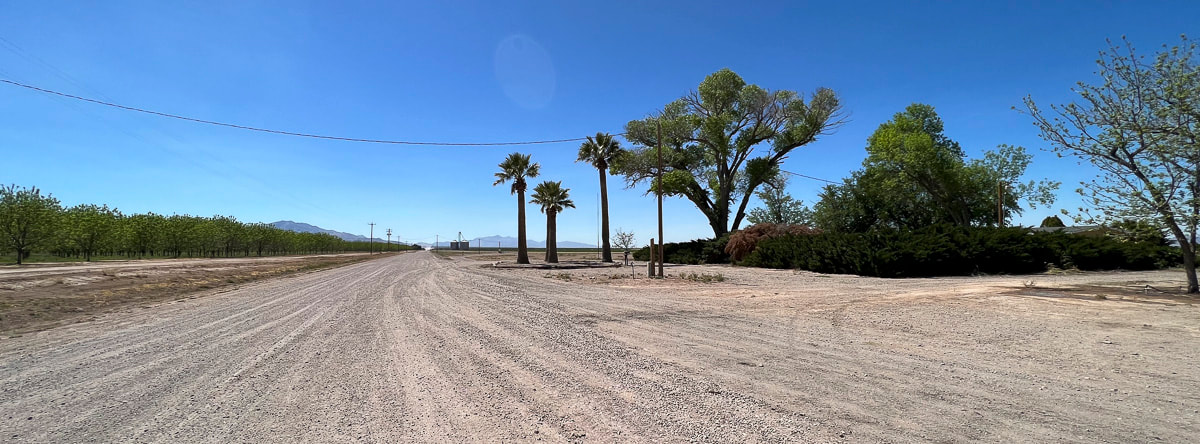
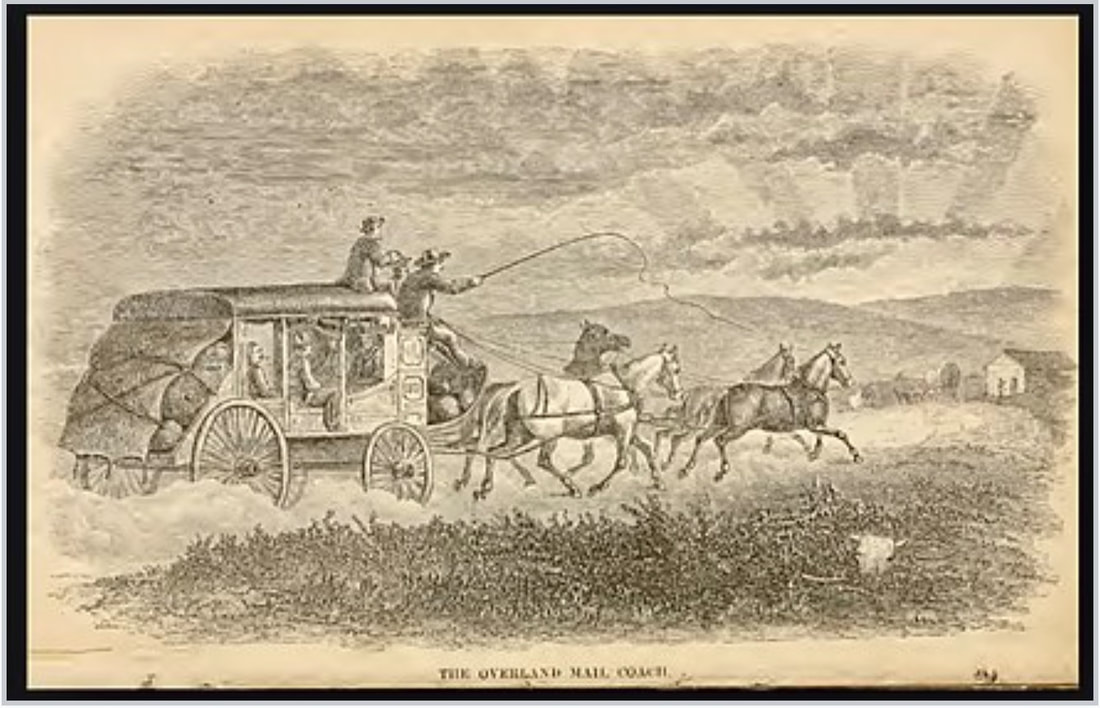
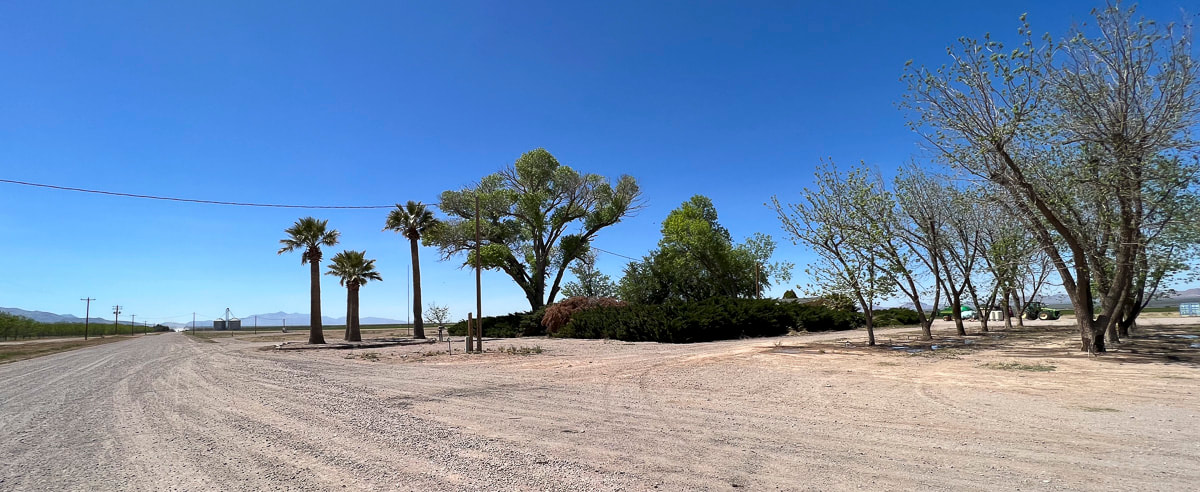
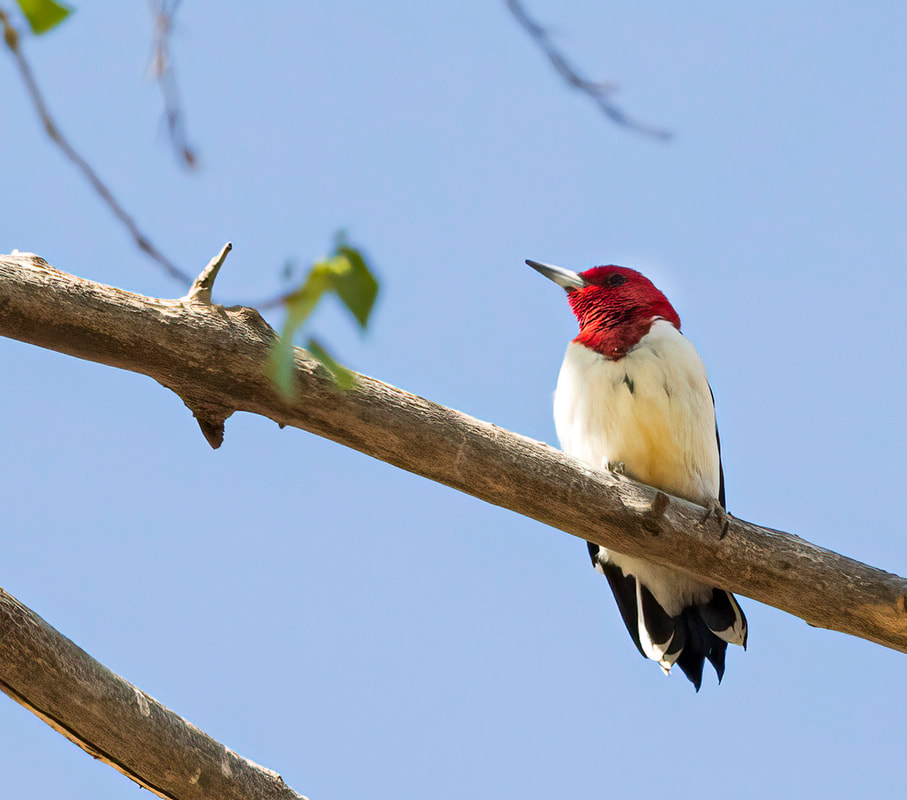
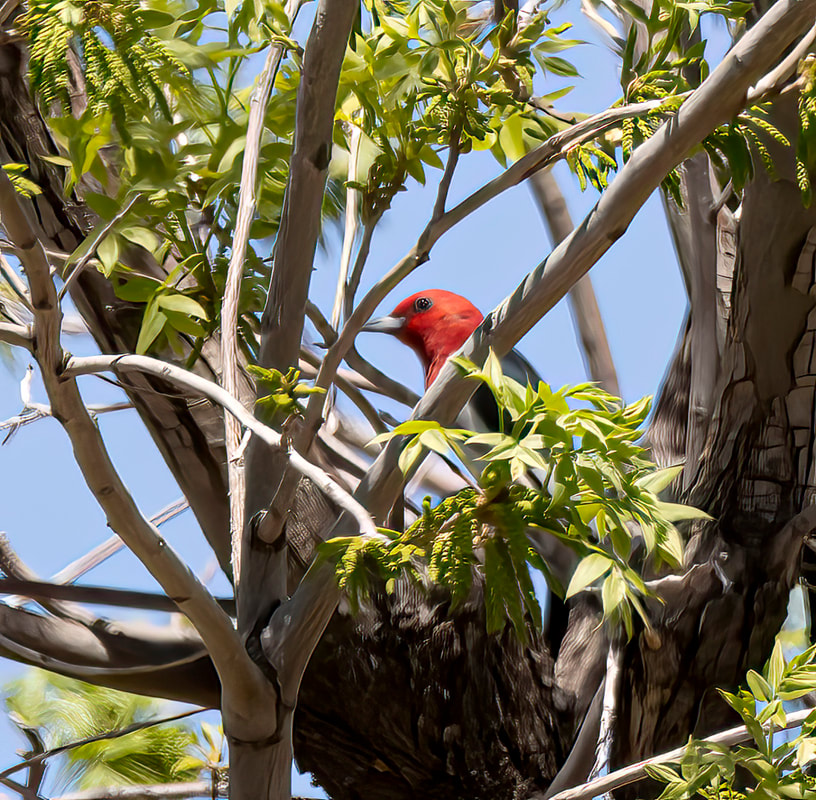
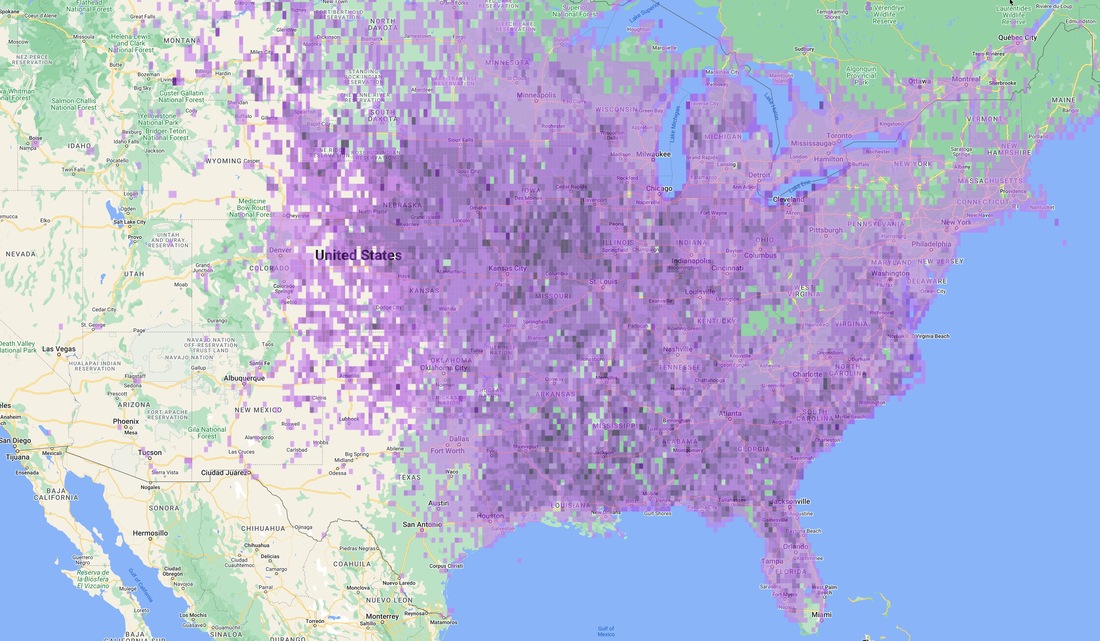
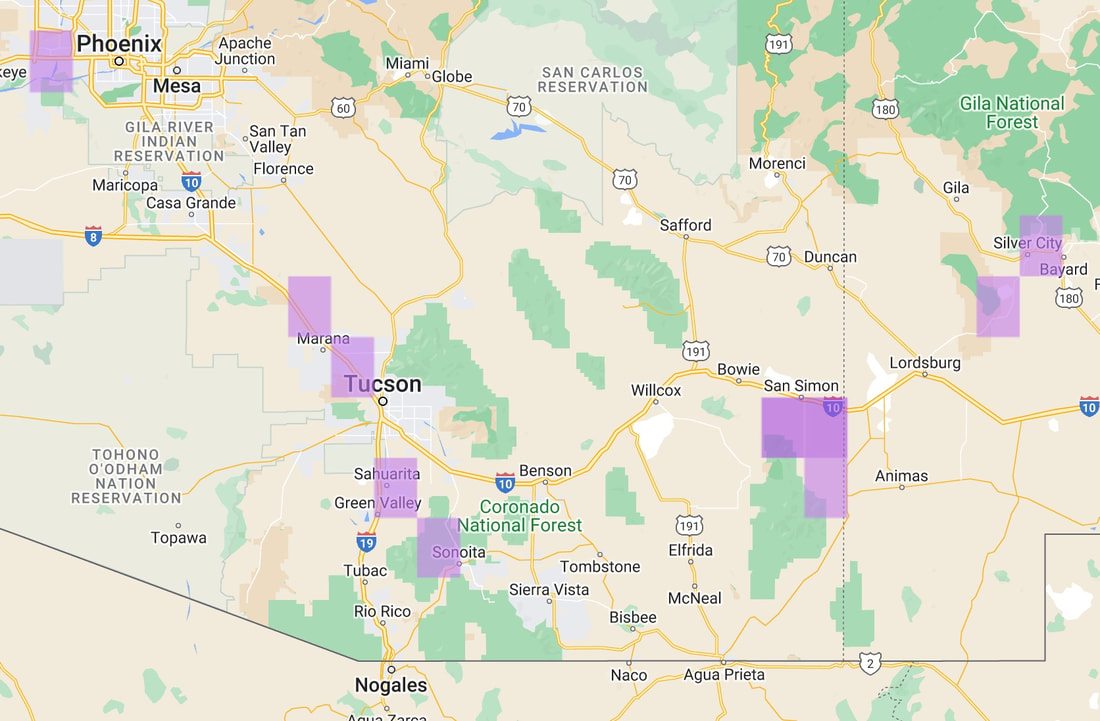
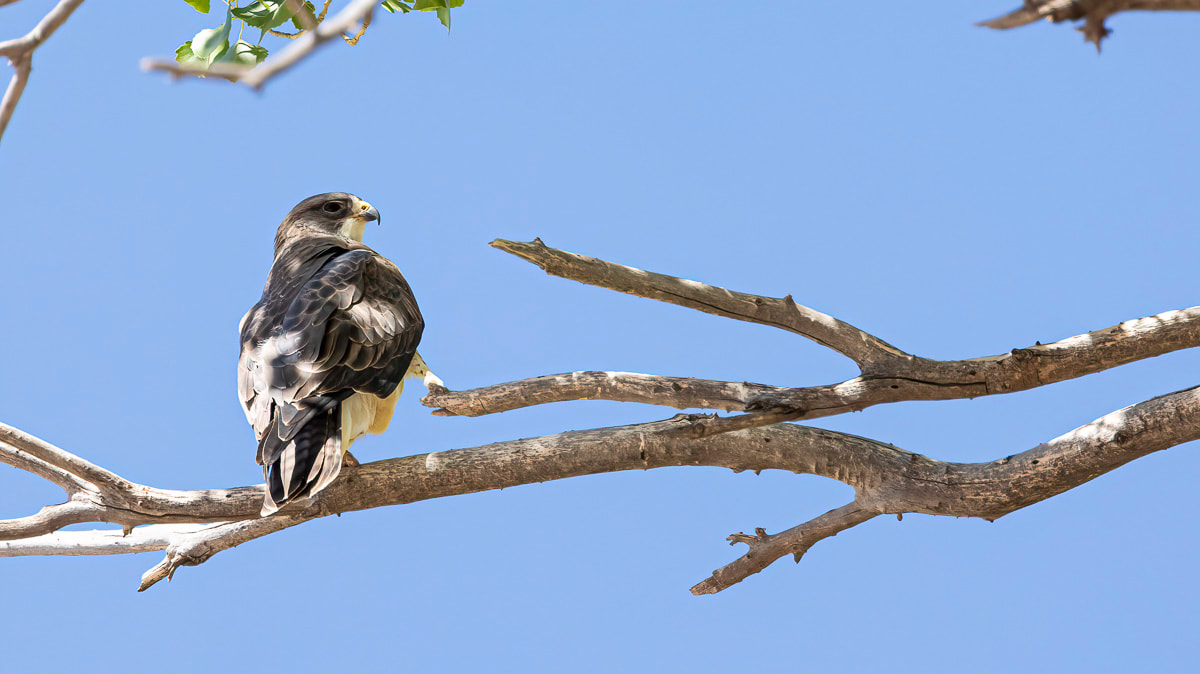
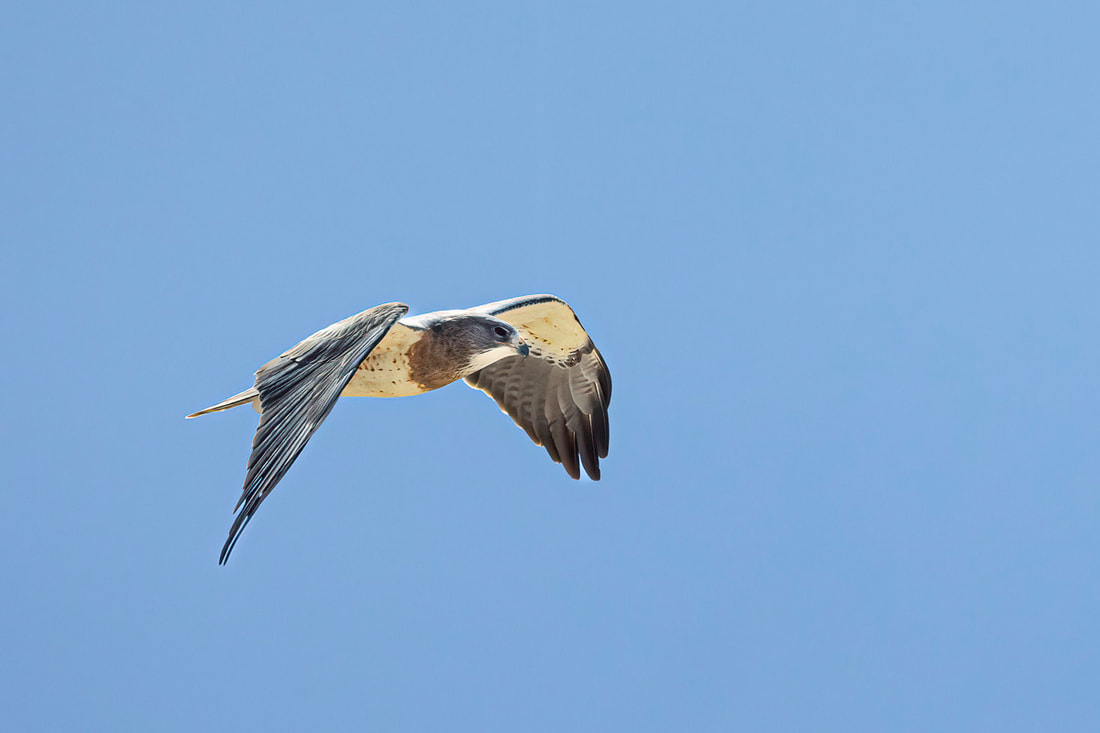
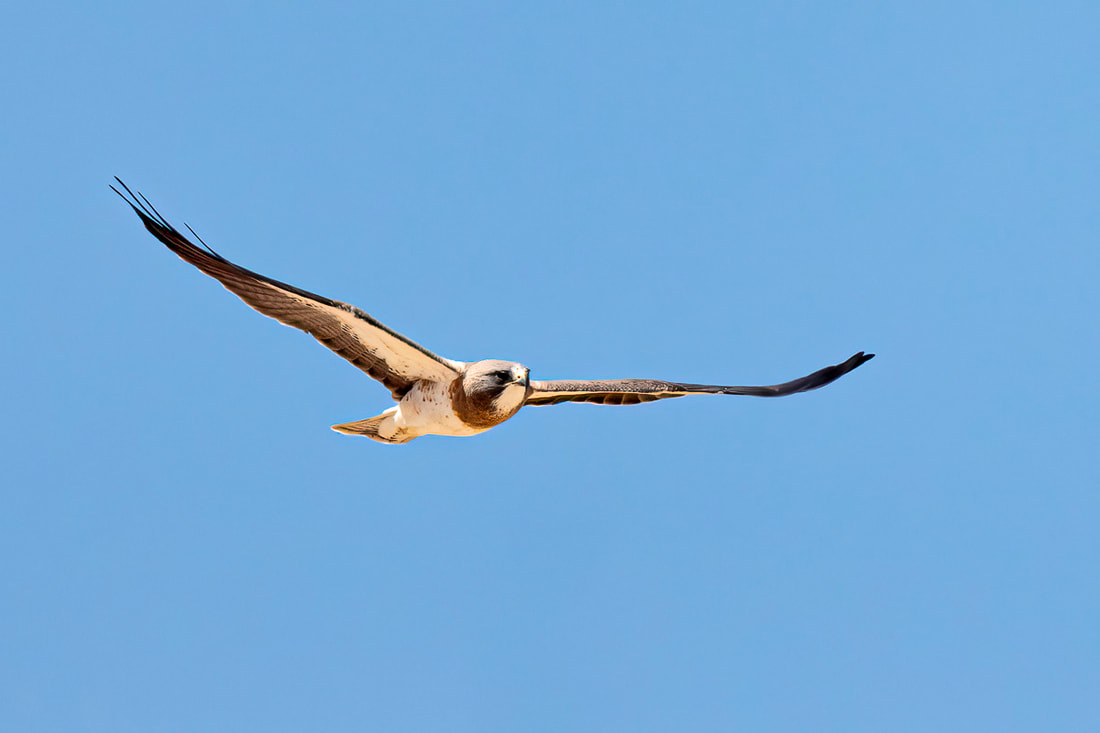
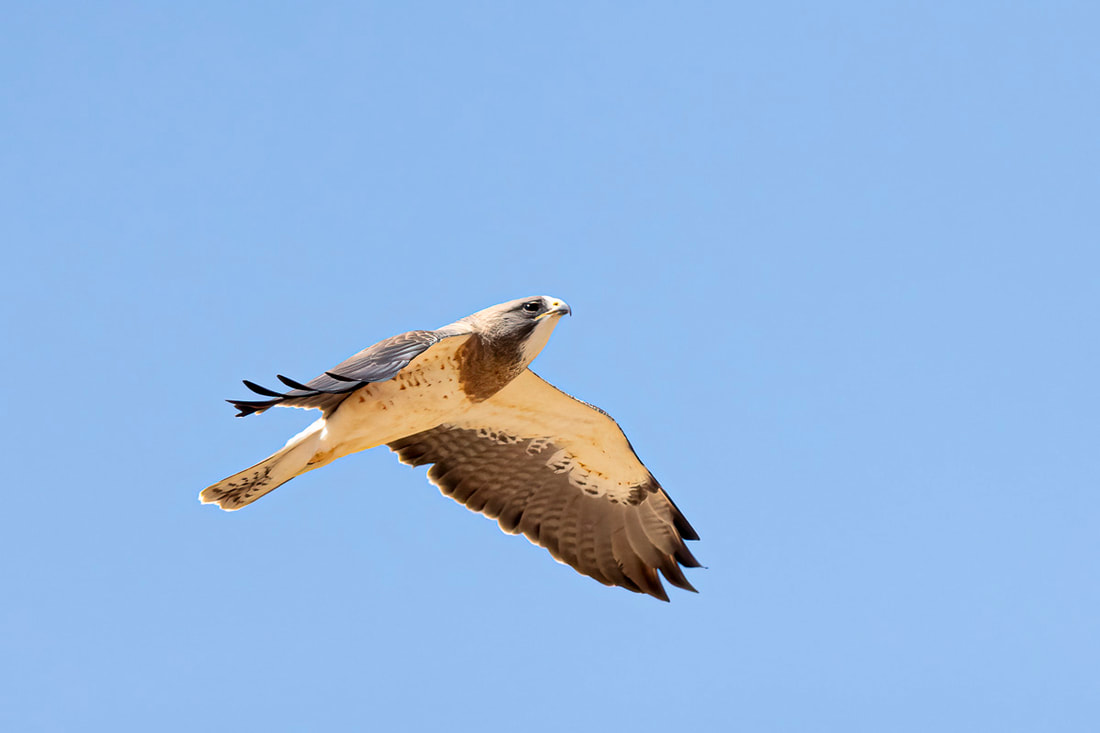

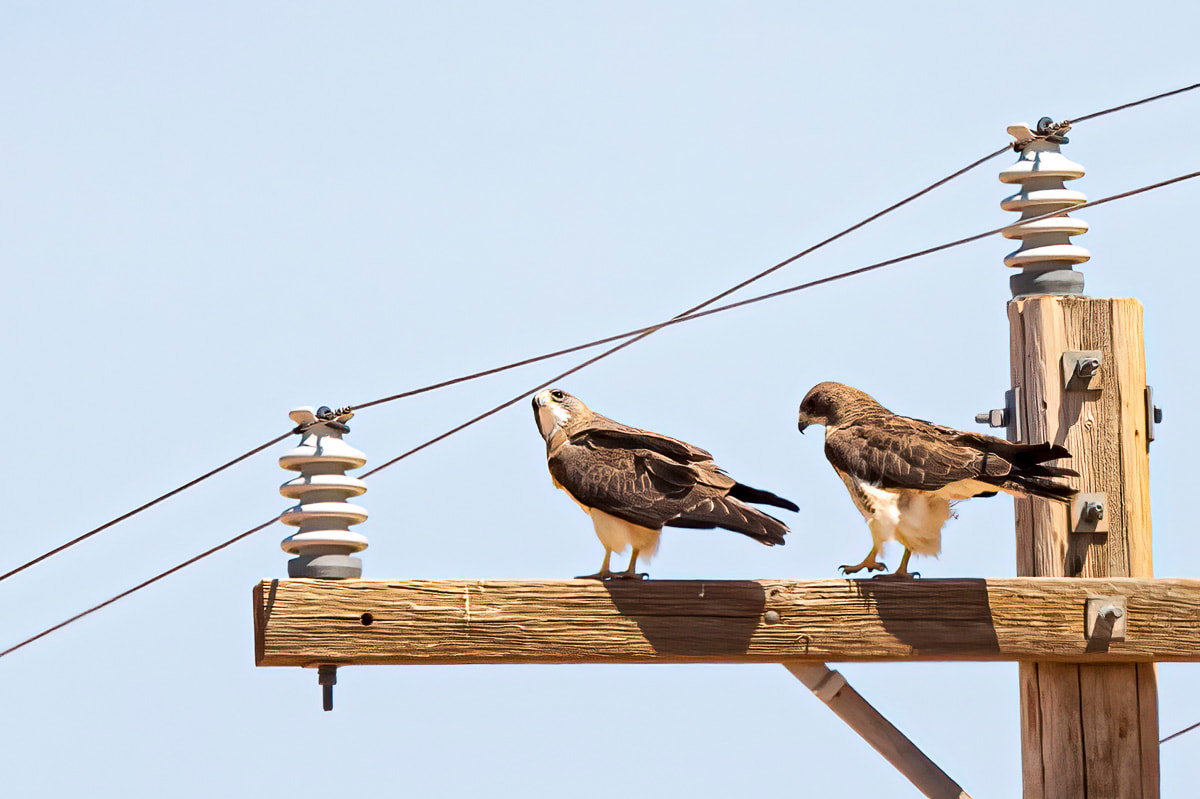
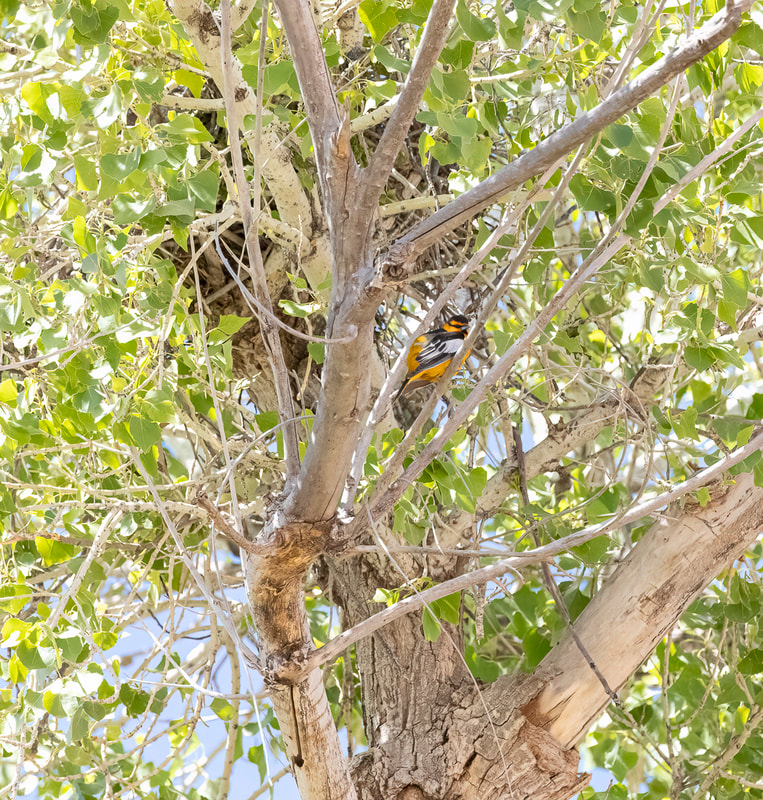
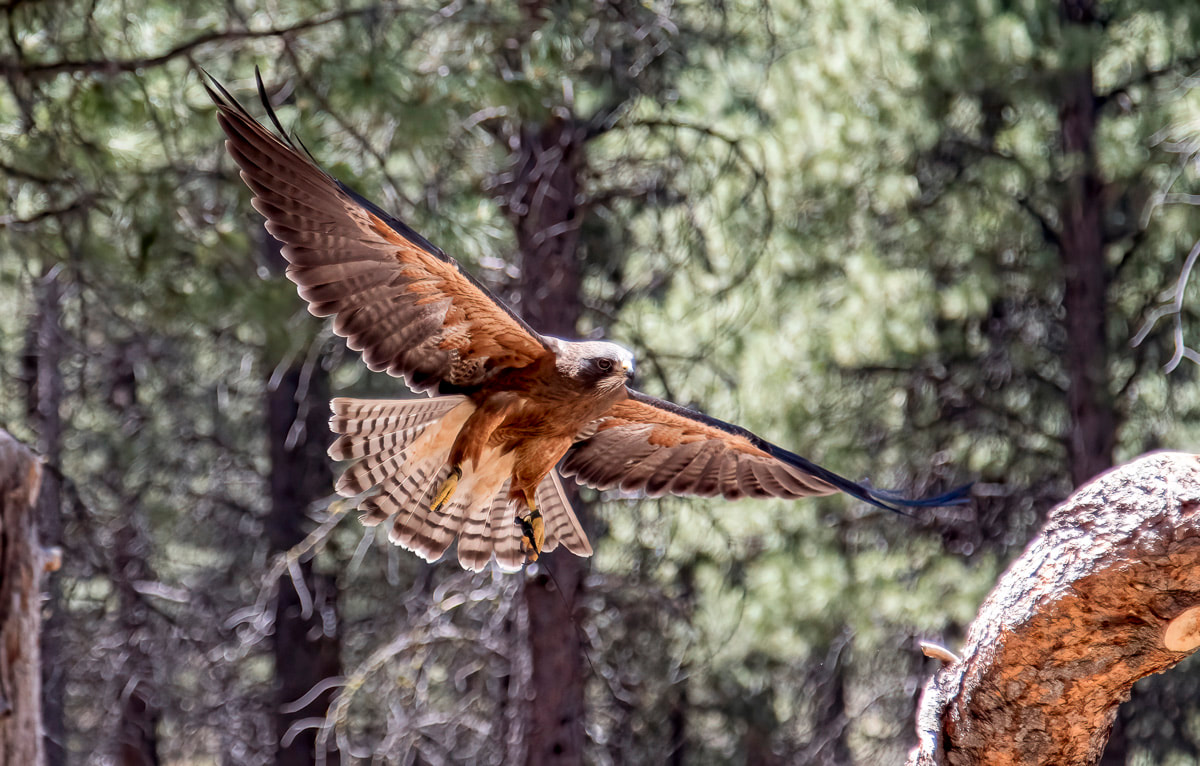
 RSS Feed
RSS Feed